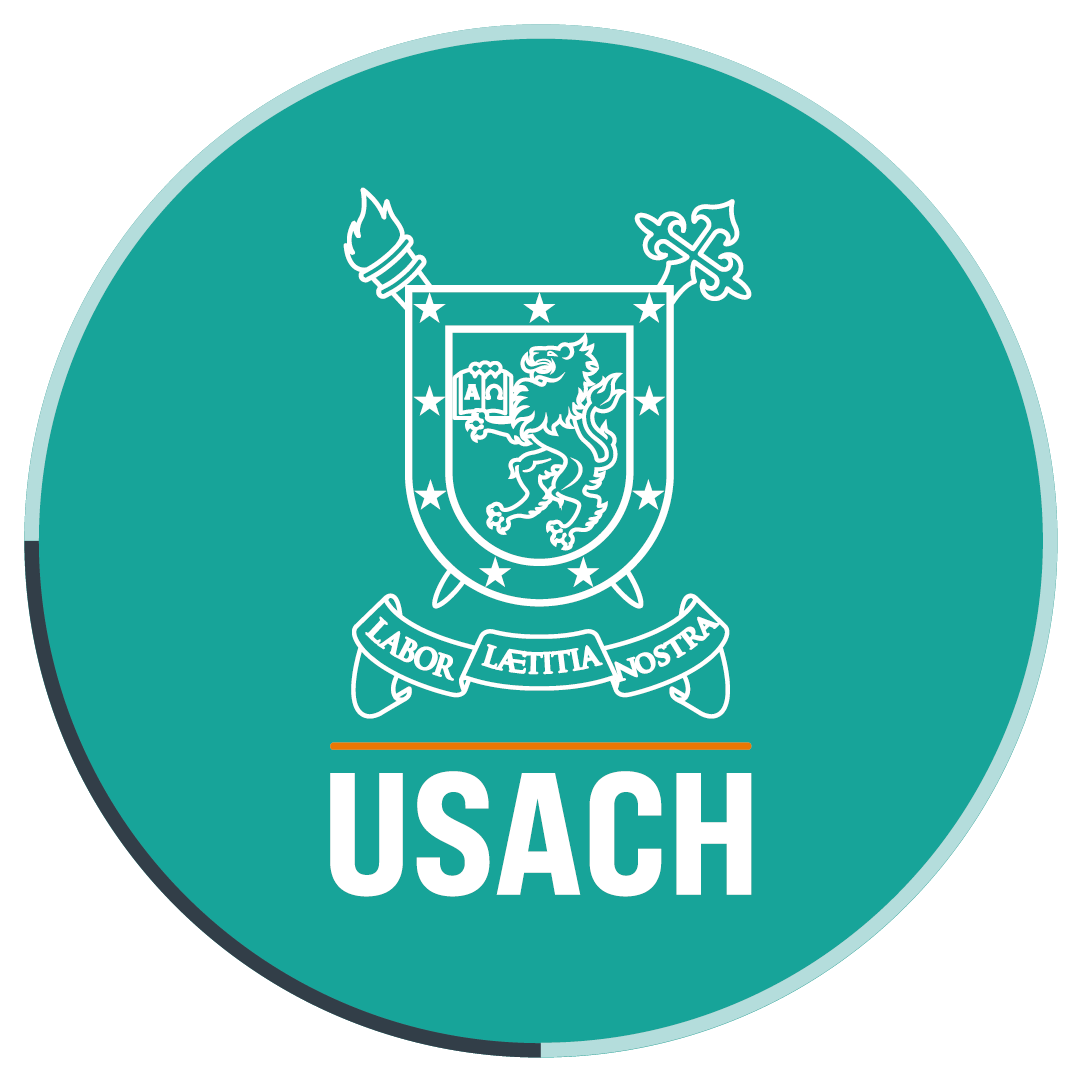Participants in Latin American conference valued the positive experience of Propedéutico programs in Chile
- As the Executive Director of the Propedéutico Program of Universidad de Santiago and on behalf of academics from five national higher education institutions with inclusion experiences, professor Lorna Figueroa took part in the 4th Latin-American Conference on Higher Education Dropout (Medellín, Colombia), presenting an article that collects the experiences of universities that have successfully implemented the Propedéutico program, like Universidad de Santiago, among others.
The initiatives driven by Universidad de Santiago to promote inclusion and equity in the access to higher education have been highly valued both in Chile and abroad. Recently, in Colombia, an article on the experience of Propedéutico programs in our country was awarded recognition. This project has been supported from the beginning by our state and public University.
The work called “Programas Propedéuticos: equidad e inclusión en la vida universitaria” (Propedéutico Programs: Equity and Inclusion at University Life) was written by professors of Universidad de Antofagasta, Universidad de Viña del Mar, Universidad de Valparaíso and Universidad de Santiago and it was presented in the context of the 4th Latin-American Conference on Higher Education Dropout, CLABES, organized by Universidad de Antioquia and held in October 22nd, 23rd and 24th, in Medellín.
The paper was recognized as one of the best three articles out of the 170 ones submitted for the conference and was presented by Lorna Figueroa, professor at the Department of Mathematics and Computer Science and consultant to the Social Responsibility Program of Universidad de Santiago. She highlighted “the high interest of foreign institutions in getting more information about thePropedéutico programs in Chile.”
“The participants - mainly academics from Colombia – crowded the hall and showed themselves very interested in getting familiar with the Propedéutico experience in the five universities involved in writing the article. Once the presentation was finished, many professors and representatives of foreign universities approached me to exchange contact information and to invite us to present our project in different universities,” Lorna Figueroa said.
Professor Figueroa said that “having shared with colleagues from different educational realities was very useful for them and for me, in the quality of representative of the universities involved in writing this paper.”
Finally, professor Figueroa said that some foreign institutions expressed their interest in participating in the Jornadas Internacionales sobre Responsabilidad Social Universitaria (University’s Social Responsibility International Conference) that will be held at Universidad de Santiago, in January 14th and 15th, 2015.
For his part, the Director the Propedéutico program of our University, professor Máximo González, who was also part of the team that wrote the article presented in Colombia, said that the Propedéuticoinclusion experience in Chile has also been recently presented in countries like Mexico and Germany.
“We are very proud that this initiative is being presented abroad. This fact, together with the implementation of the PACE program as a public policy inspired by the Propedéutico program that Universidad de Santiago started in 2007, are definite steps to continue showing that this initiative is positive, is a big contribution and can be replicated in many other educational institutions,” Máximo González said.
Translated by Marcela Contreras

